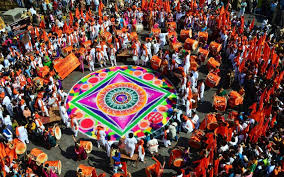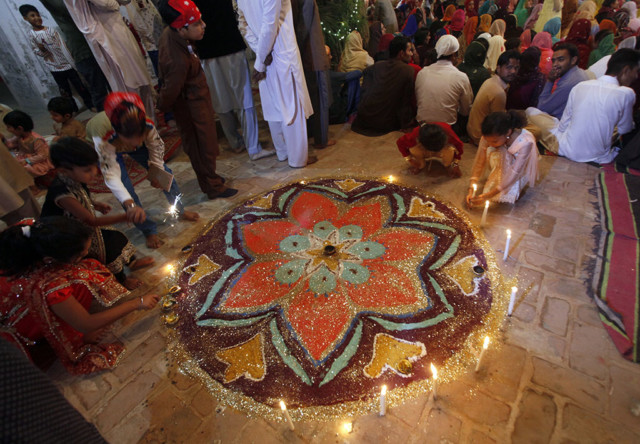Sweet, Bitter, and Balanced: The Symbolism of Ugadi Pachadi
One of the most symbolic New Year dishes is Ugadi Pachadi, a traditional preparation from Andhra Pradesh and Telangana. This unique chutney-like mix includes six ingredients—neem flowers (bitter), jaggery (sweet), tamarind (sour), green chili (spicy), salt (salty), and raw mango (tangy)—each representing different emotions and experiences we encounter throughout the year.
This dish is not just about taste—it’s a philosophical statement. The bitterness of neem reminds us that challenges and pain are inevitable, while the sweetness of jaggery encourages us to savor life’s joys. Tamarind and raw mango add complexity, symbolizing surprise and transformation. Ugadi Pachadi teaches that a fulfilling life is not made of only happiness, but a blend of all emotions. Consuming it at the start of the year sets a mindful tone of acceptance and resilience.

Prosperity on the Plate: Sweet Offerings and Auspicious Dishes
Sweet treats are a common theme across many Hindu New Year feasts. In Maharashtra, shrikhand and puran poli (a sweet flatbread stuffed with jaggery and lentils) are made during Gudi Padwa to signify abundance and happiness. In Tamil Nadu’s Puthandu celebrations, people prepare mango pachadi, a dish similar to Ugadi Pachadi that also balances sweet, sour, and bitter flavors to symbolize life’s mixed experiences.
In Kerala, Vishu is celebrated with a grand meal called Vishu Sadya, featuring a variety of vegetarian dishes served on a banana leaf. Ingredients like coconut, lentils, and ghee-rich desserts represent fertility, nourishment, and divine blessings. Special attention is given to preparing foods using seasonal produce, reflecting the importance of living in harmony with nature.
Sweets are often shared with neighbors and offered to deities as a gesture of devotion and goodwill. They also serve as a symbol of renewal—inviting sweetness into the year ahead while offering gratitude for the past.
The Act of Eating as a Spiritual Ritual
In Hindu culture, food is viewed as a form of prasad—sacred offering—and consuming it is an act of receiving divine blessings. During New Year festivals, meals are often prepared with mantra chanting or after puja, infusing the food with spiritual energy. Eating with mindfulness, sitting on the floor, and using hands are traditional practices that reinforce humility, connection, and gratitude.
Ultimately, New Year foods are not just about tradition or taste—they are meditations on life itself. Every bite is a reminder to accept the highs and lows, to honor the past, and to step into the future with faith, hope, and awareness.


